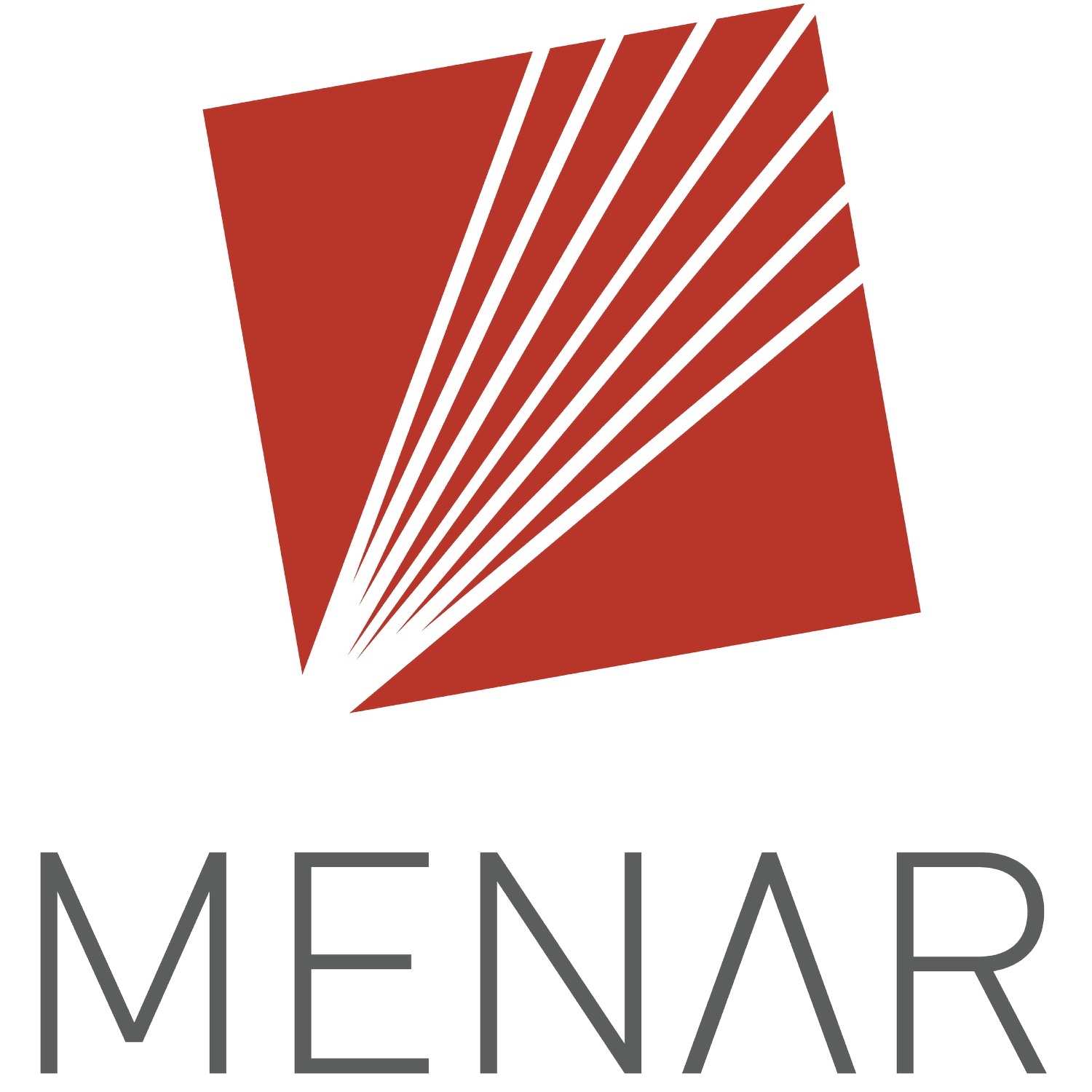Canyon Coal’s Phalanndwa Colliery
Reading or studying about mining is one thing, but being on the ground and experience the operation and watch all unfold right before your eyes, that, that is a thrill. Like an adrenaline junkie, Phalanndwa Colliery at that moment made me feel like I can sky dive without a parachute.
The colliery is primarily a source of ROM (run or mine) coal located almost 15 km east Delmas, the area is commonly known for its farming and mining reputation, situated in Mpumalanga province. The plant became operational in October 2010 and has a life span of nine years, producing about 120 000 tons per month and an estimated annual production of 1.4 million tons, with a 60% yield and 40% waste, but have a total reserve of 16 million tons.
It is an open cast operation with its safest traditional truck and shovel mining methods even though explosives and blasts are the order of the day. This is probably a home of quality thermal coal which contributes to 30% domestic consumption and 70% Carters for export markets. When I visited the site was fascinated by the operations and equity invested in the business.
Phalanndwa Colliery is vast and its scenarios are captivating, from the allocation of equipment and machinery, the colours of different soil layers and texture and to the heaps of coal and sand, it is like it was purposely designed to instil beauty in this dusty and dirty but rich business. This place is a source of employment to 224 people.
Despite the explosive blasts and the presence of the heavy machinery, including the 28 tons per hour filter press system, crushing, screening and washing plant, the site is the safest place. Although in a working environment like Phalanndwa, safety measures are a priority, therefore, at the entrance everyone is required to take a breath test (by breathing in a breathalyzer) and when found positive to drugs and alcohol, access to entry is denied.
It is also mandated to wear helmets and working boots on premise at all time, and visitors are not allowed to wander around without a guide or escort. The process is simple but effective.
In addition, it is also evident that the company offers opportunities to both the youth and women; it shows that the company notices the significance of economically empowered youth to the three fold development of the country. For the past decade, there has been a radical transformation in favour of women empowerment in the mining industry and it is a pleasant feeling to not only see women working at the site, but also knowing that they are doing well with a 16.8% woman rate of their staff.
Phalanndwa Colliery is running like a well-oiled machine, however, they are facing the water shortage and illegal mining challenges.
By Nhlanhla Cherrol Skosana

